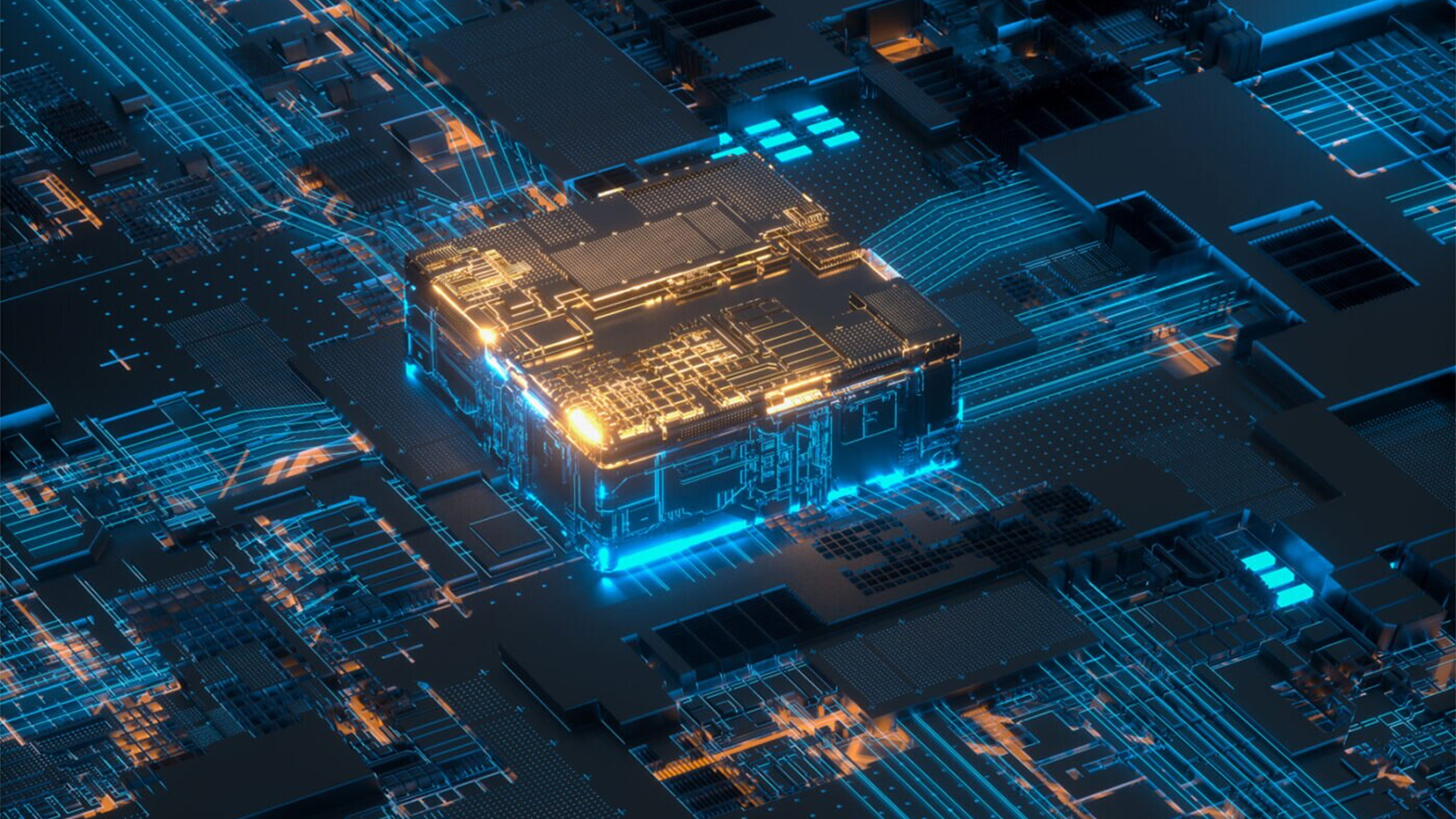
Arm Holdings is set to launch its first in-house designed processor later this year and has already landed orders from several customers, including Meta, according to the Financial Times. This decision places Arm in direct competition with some of its customers that develop Arm-based processors for data centers, including Ampere and, to some degree, Nvidia, marking a major shift in the company's strategy. In addition, Arm is actively poaching talent from its rivals, according to Reuters.
Arm goes hardware
According to the Financial Times, the CPU will be a general design aimed at data centers. It will be built 'on a base' that allows for some customizations for the end user, such as Meta. FT didn't reveal the actual CPU specs or elaborate on the customizations, so we can only wonder how many cores, memory channels, PCIe lanes, and other I/O the processor will support.
Nonetheless, we can speculate that Arm's in-house processor will be based on the company's Neoverse V3 (high-performance) or Neoverse N3 (energy-efficient) general-purpose cores based on the Armv9.2 microarchitecture. It is also likely that the CPU design will leverage Arm's Neoverse compute sub-system (CSS) IP for data center processors. Arm's Neoverse V3 CSS enables building processors with up to 64 V3 cores per die, while the Neoverse N3 CSS allows the building of CPUs with up to 8 N3 cores per die. Of course, multiple CPU chiplets can be used within a processor, so the final core count of Arm's offering remains to be seen.
It remains unclear what level of customizability Arm will offer its clients. However, assuming it is substantial enough, Arm's in-house CPUs will differ from typical off-the-shelf offerings from AMD or Intel.
Arm's own data center-grade CPU will, without any doubt, compete against processors designed by its customers. However, that competition may not be dramatic as most of Arm's data center licensees use their custom-designed processors exclusively in their own data centers (AWS, Google, Microsoft) or target them at very specific workloads or platforms (Nvidia).
While this shift will undoubtedly upset companies like Ampere or Huawei, it is unlikely that this will cause many difficulties as Ampere appears to be in the process of being taken over by Softbank, whereas Huawei is mostly concentrated on making chips for itself and close partners.
Nonetheless, it will be interesting to see whether there will be many companies willing to license Arm's core designs or CSS designs for data center-grade processors going forward now that Arm offers its own CPUs.
Keep in mind that Arm or Meta did not comment to FT on the matter.
And poaches talent from its customers
In addition to making its own hardware, Arm is also actively recruiting talent from its own customers, which will further irritate its clients. Reuters reports that Arm has been hiring executives from its licensees since November 2023 to support its transition into chip sales. Recruiters working for Arm have contacted Silicon Valley chip designers, seeking expertise to strengthen its chip division.
This hiring activity contradicts CEO Rene Haas's testimony in December in the company's trial against Qualcomm, where he denied that Arm was building its own CPUs, despite internal recruitment efforts already being underway. Given the fact that Arm has been actively hiring experienced chip developers and chip sales personnel for well over a year, this suggests that its own hardware is expected to become a major source of revenue, and the company hopes to compete with giants like AMD and Intel.







